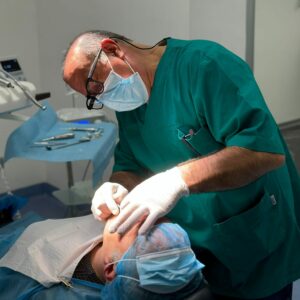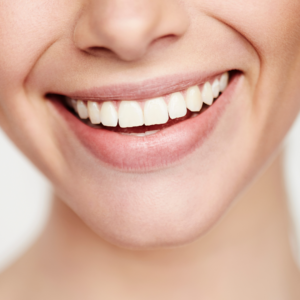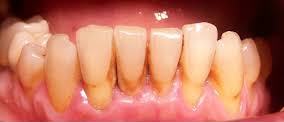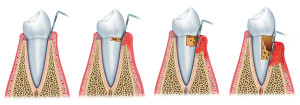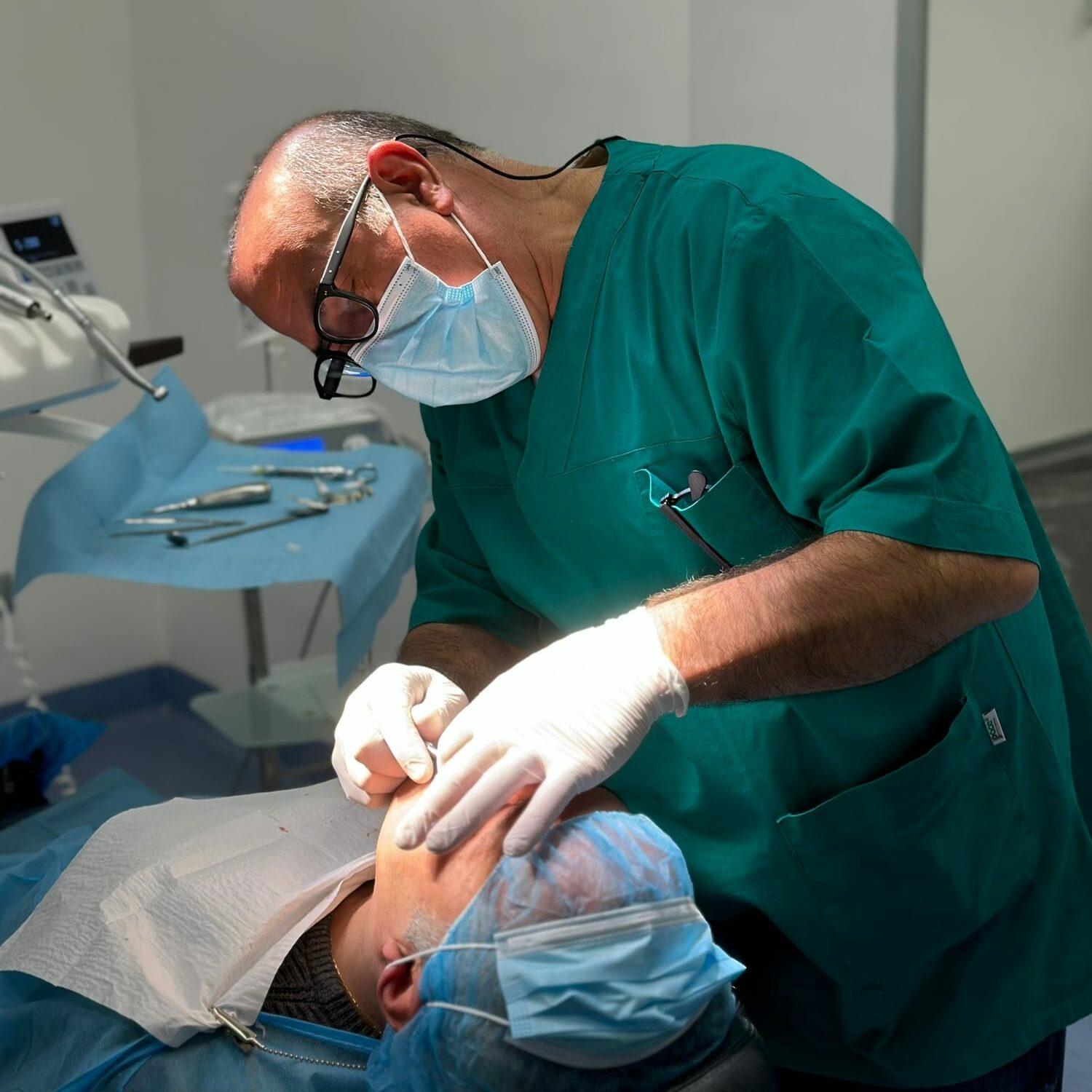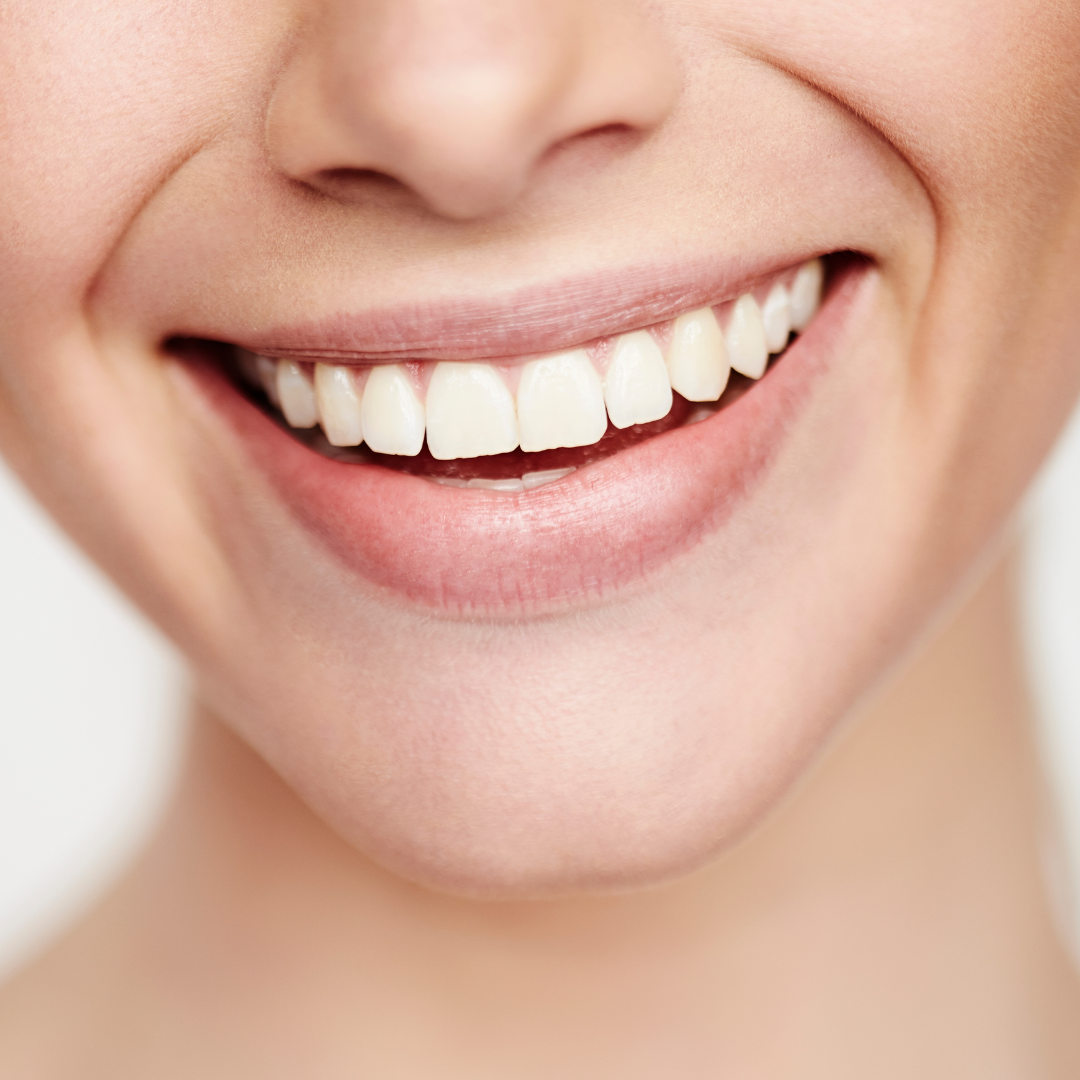Chewing considered by most to be a very trivial movement is, on the other hand, a highly complex process involving specific muscles. When the jaw pops there is something wrong.
Chewing, a harmonious and delicate process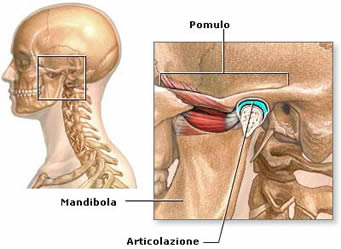
Doctor Schöttl, who specializes in dental surgery, defines this delicate movement on which the correct position of the jaw depends as an alternating play between chewing and cervical muscles and ultra-sensitive receptors. The task is to ensure the correct positioning of the jaw and allow the precise occlusion of 16 pairs of teeth.
Like an orchestra master who preserves the harmony of sound and ensures that musical instruments go in the same direction, harmony is also needed in the case of occlusion. And incorrect growth of the jaw, any injuries or joint problems can damage the occlusion. The adaptation by the jaw, when there are conditions of incorrect occlusion, also leads to problems of rubbing or clenching of the teeth (parafunctionality). From here, according to experts, cranio-mandibular disorders (DCM) would result. They are examples of such ailments: the jaw that pops, the opening of the jaw limited or asymmetrical, the pressure on the jaw, the worn teeth.
Cranio-mandibular disorders (DCM): indications and symptoms
Indications useful for identifying cranio-mandibular disorders (DCM) are the excessive inclination of the head forward, the snap of the joints and an intense rubbing of the teeth. The dentist can use the aqualizer, that is, a water pillow that the patient applies between his teeth, preferably during the night. With this tool you are able to quickly test the presence of malocclusion and its degree of severity.
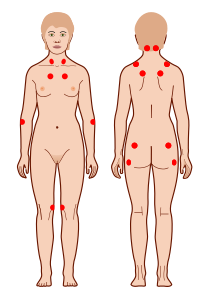
People with cranio-mandibular disorders complain of rather persistent disorders: they have pain or discomfort in the jaw, head and neck area, not a few accuse dizziness, visual disturbances and back pain. These problems would have their incidence in fibromyalgia (chronic widespread muscle pain associated with stiffness) and in complex regional pain syndrome. An epidemiological study would show that a good portion of fibromyalgia patients also have a cranio-mandibular disorder. However, this is not sufficient to understand if there is a cause-effect relationship or if the DCM (cranio-mandibular disorder) is only an accompanying disease.
We can, however, say that malocclusion problems are really the cause of local pain and spread throughout the body.
Pain spread throughout the body: the trigeminal nerve
When there is a state of tension or pain coming from the maxillary region, the trigeminal nerve receives the signal and transfers it to other areas of the body in the form of headache, cervical tension, back pain even up to the lumbosacral region. In fact, in the trigeminal nerve, conductive fibers of pain from different regions are connected, it is the so-called “reflex pain”.
Manual medicine has also highlighted the complicity of the mandibular masticatory system on other painful or problematic areas such as the hip and its mobility. In fact, by acting on the detonification of the cranio-mandibular musculature (with the application of bite devices) hip mobility improves significantly.
Therapies
DCM therapy mainly uses detonation measures or the use of bite devices (a transparent mobile device). The recourse to the intervention of several doctors and therapists belonging to different disciplines is not excluded.





